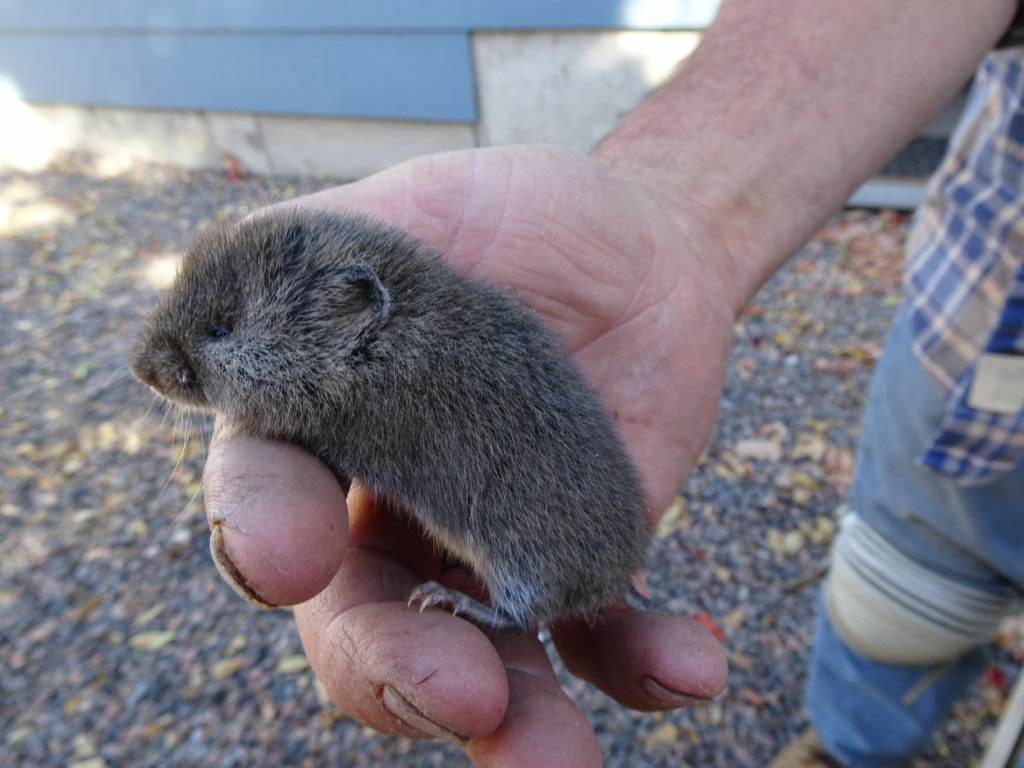Comprehensive Overview to Efficient Vole Parasite Control: Infestation Recognition and Therapy Methods
In the world of effective parasite control, vole infestations present a distinct challenge that requires a calculated technique. These tiny rats, frequently mistaken for mice, can unleash havoc on yards, yards, and plants if left unattended. Recognizing the indicators of vole existence and applying targeted treatment methods are crucial parts of a successful insect administration strategy. By exploring the subtleties of vole habits, understanding essential indicators of problem, and evaluating a variety of control options, one can develop a comprehensive method to fight these elusive insects.
Recognizing Vole Behavior
Vole actions is characterized by their burrowing habits and quick reproduction prices, making them a difficult pest to control effectively. These little rats usually produce detailed passage systems underground, utilizing them for shelter, food storage space, and transportation. Voles are herbivores, eating a variety of plants, light bulbs, yards, and roots, which can cause substantial damage to yards, orchards, and yards. Their rapid reproductive rate further makes complex control efforts, with females efficient in creating multiple trashes in a single year, each containing several spawn.
Recognizing vole actions is crucial for effective bug control methods. By recognizing their burrow places, keeping an eye on feeding areas, and carrying out targeted control methods, such as trapping or habitat alteration, vole invasions can be managed efficiently.
Indications of Vole Invasion

Avoidance Methods
Applying efficient prevention techniques is critical in lessening vole invasions and protecting vegetation from their destructive feeding behaviors. To stop vole invasions, it is important to begin by removing prospective food resources and my review here sanctuary.
Frequently examining the building for indications of vole task, such as paths and delve openings, is essential for early detection and prompt action. If vole task is thought, think about using repellents or catches tactically placed near their paths.
Non-Lethal Control Methods
To effectively manage vole populaces while prioritizing humane approaches, click here now non-lethal control strategies offer functional remedies for reducing vole damage in gardens and landscapes. One efficient method is making use of physical obstacles such as hardware cloth or cable mesh to secure vulnerable plants. These obstacles can be hidden at the very least 12 inches deep and curved at a 90-degree angle to avoid voles from tunneling beneath. Furthermore, environment adjustment can deter voles by minimizing their liked food sources and hiding places. Preserving a well-mowed lawn, getting rid of debris, and maintaining plant life cut can make the setting much less enticing to voles.

Lethal Control Options
One efficient technique for addressing vole invasions in gardens and landscapes includes the tactical use of lethal control alternatives. When encountered redirected here with a serious vole invasion that non-lethal techniques have actually stopped working to include, applying deadly control measures ends up being essential. Overall, when employing dangerous control options, it is crucial to do so properly and in accordance with local guidelines to effectively handle vole problems.
Verdict
To conclude, efficient vole pest control needs a detailed understanding of vole behavior, recognition of indicators of infestation, execution of avoidance strategies, and usage of both lethal and non-lethal control techniques. By combining these methods, people can properly manage vole populaces and safeguard their residential or commercial property from damages. It is necessary to deal with vole invasions immediately to protect against additional concerns and lessen the influence on the surrounding setting.
Offered the complex passage systems and quick recreation prices characteristic of voles, identifying the indications of vole invasion ends up being necessary in effective insect control. One of the main indications of vole existence is the presence of surface paths or routes in lawn or snow, generally concerning 1-2 inches wide, created as voles travel in between their burrows and food resources.To effectively manage vole populaces while focusing on gentle approaches, non-lethal control techniques supply functional options for decreasing vole damage in yards and landscapes.One effective approach for resolving vole infestations in gardens and landscapes involves the strategic use of lethal control alternatives. vole yard damage.In verdict, efficient vole parasite control needs a comprehensive understanding of vole actions, identification of signs of problem, application of prevention strategies, and use of both non-lethal and deadly control techniques